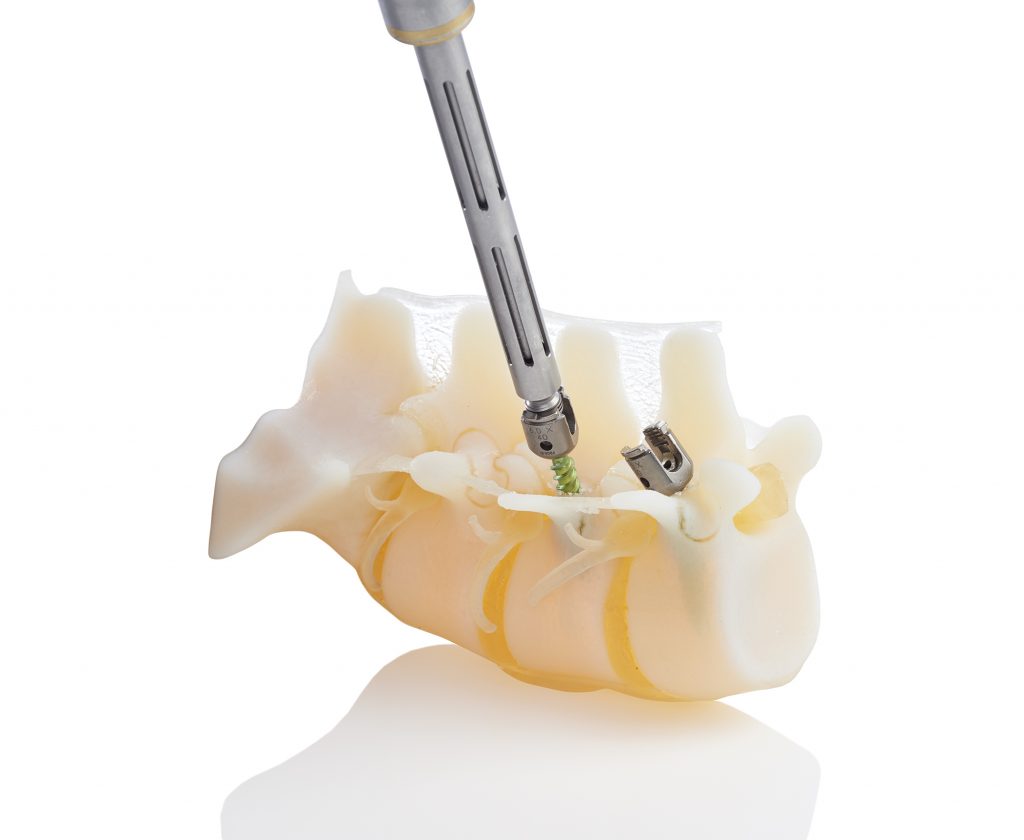Surgeons at Guy’s and St. Thomas’ NHS Foundation Trust, London, have worked with Stratasys’ 3D printing to support the first successful larger-than-average adult kidney transplantation from father to son.
The high-risk procedure was performed with the help of two, true-to-life, 3D printed models, which proved vital to surgical preparation.
The case of Dexter Clark
Two-year-old Dexter Clark was born with severe kidney problems which made him incapable of naturally consuming food. Realizing his need for a transplant, surgeons at Guy’s and St. Thomas’ identified his father as a possible donor. The problem was, however, how to transplant the father’s adult-sized kidney into Dexter’s small frame.
Rather than using conventional medical imaging for the pre-surgical planning stage, surgeons opted for multi-material 3D printing to provide them with tactile accuracy.

3D models in medicine
Pankaj Chandak is Transplant Registrar at Guy’s and St. Thomas. According to Chandak, 3D printed models were vital in the success of Dexter Clark’s surgery.
“The ability to print a 3D model of the patient’s anatomy in varying textures, with the intricacies of the blood vessels clearly visible within it, enables us to differentiate critical anatomical relations between structures,” he explained.
“The flexible materials also allowed us to better mimic the flexibility of organs within the abdomen for simulation of the surgical environment.”
Due to the intricacies of the 3D printed models, surgical exploration is also reduced as the optimal surgical approach is predetermined.
“This is a clear demonstration of the ability for 3D printing to enable physicians to better plan, practice and determine the optimal surgical approach,” added Michael Gaisford, Director of Marketing for Stratasys Healthcare Solutions.

From strength to strength
Healthcare has seen continuous development due to advances in 3D printing technology, particularly for surgical planning.
Much like Dexter’s case, 3D printed kidney models were previously used in a medical first at Belfast City Hospital in Northern Ireland.
Conjoined twin separation was successfully performed in New York with thanks to the technology and, in 2017, Stratasys launched the BioMimics range of products specially for custom 3D printed medical models.

In Dexter’s case at Guy’s and St. Thomas’, Chandak asserts,
“This technology has the potential to really enhance and aid our decision-making process both during the pre-surgical planning and in the operating room, and therefore can help in the safety of what is a very complex operation and improve our patient care.”
For more medical success stories subscribe to the 3D Printing Industry newsletter, follow us on Twitter and like us on Facebook.
Looking for a change of scene? Sign up to 3D Printing Jobs here.
Featured image shows Brendan Clark and son, Dexter Clark. Photo via Business Wire.


